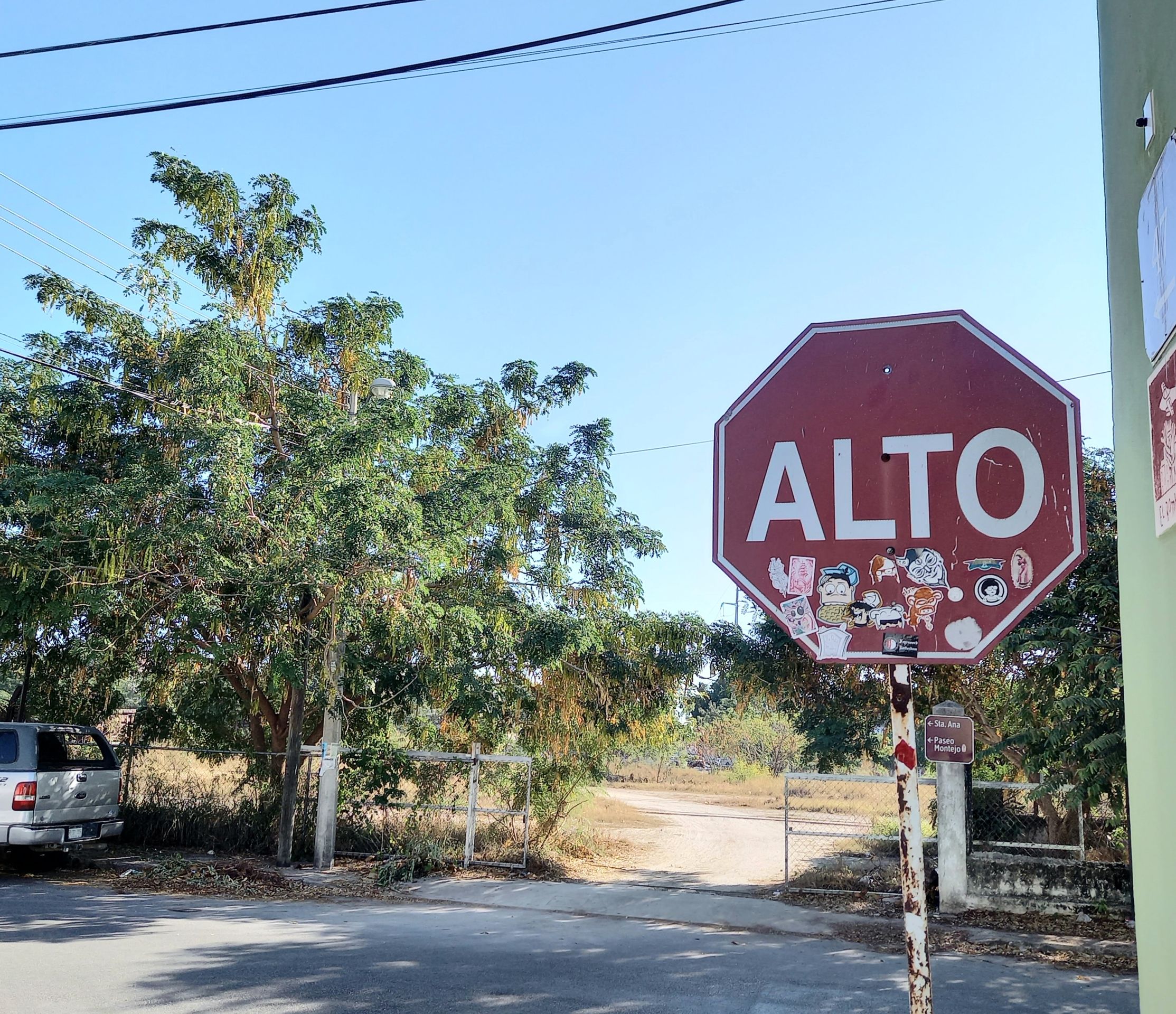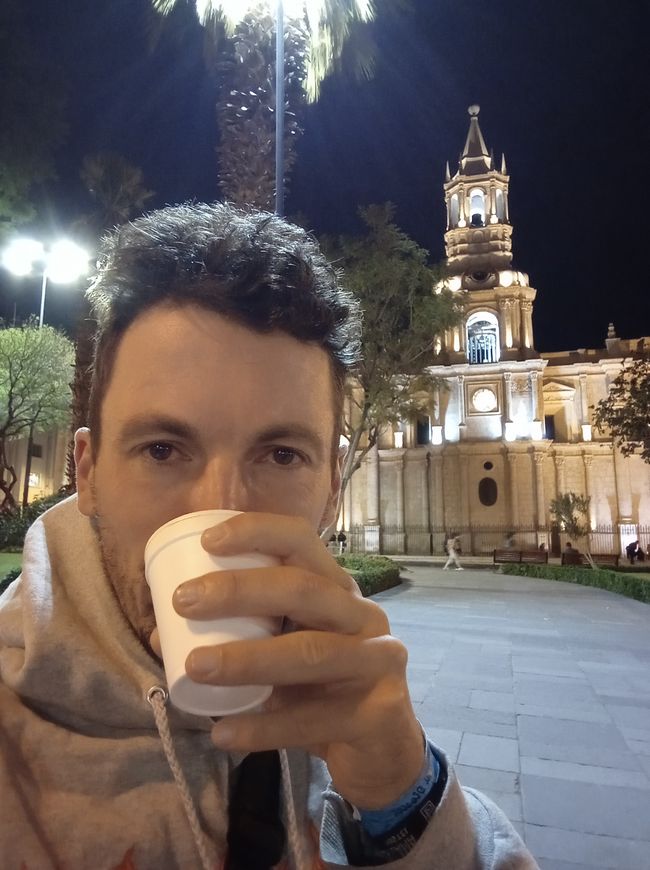'And The Money Kept Rolling In (And Out)'
Објавено: 11.04.2022
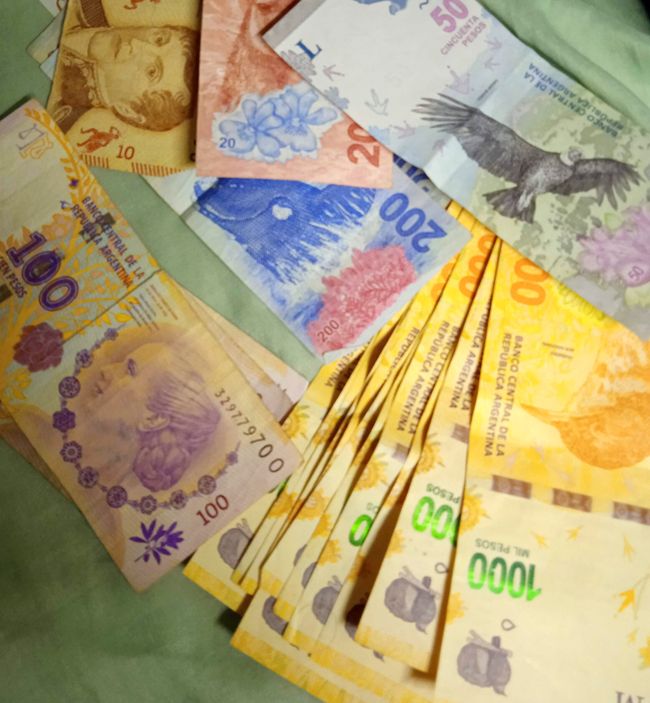
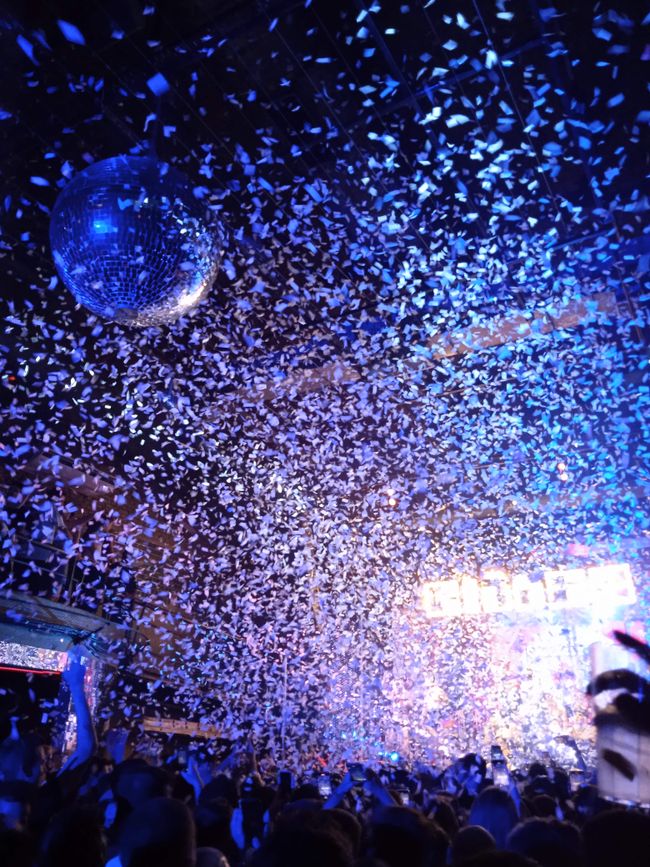
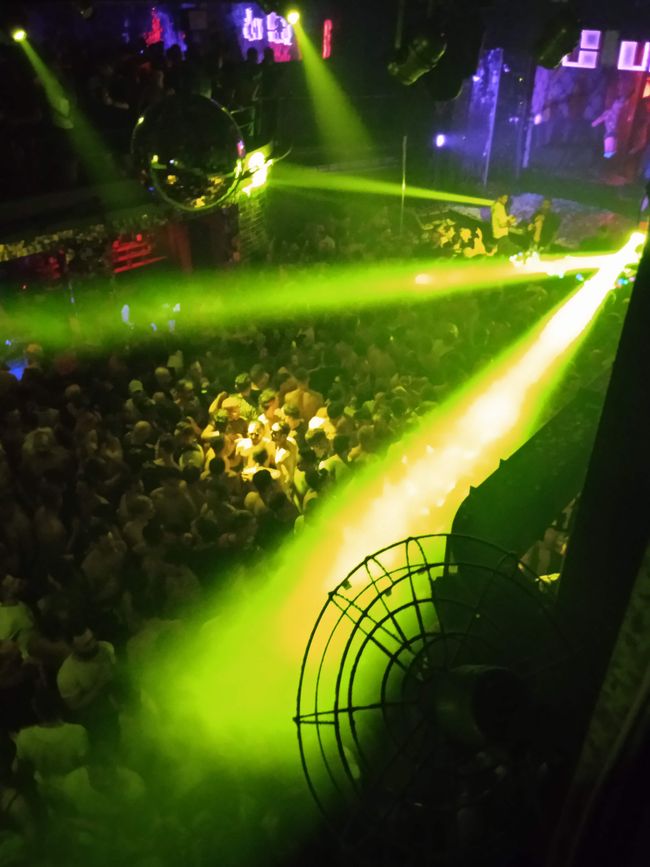
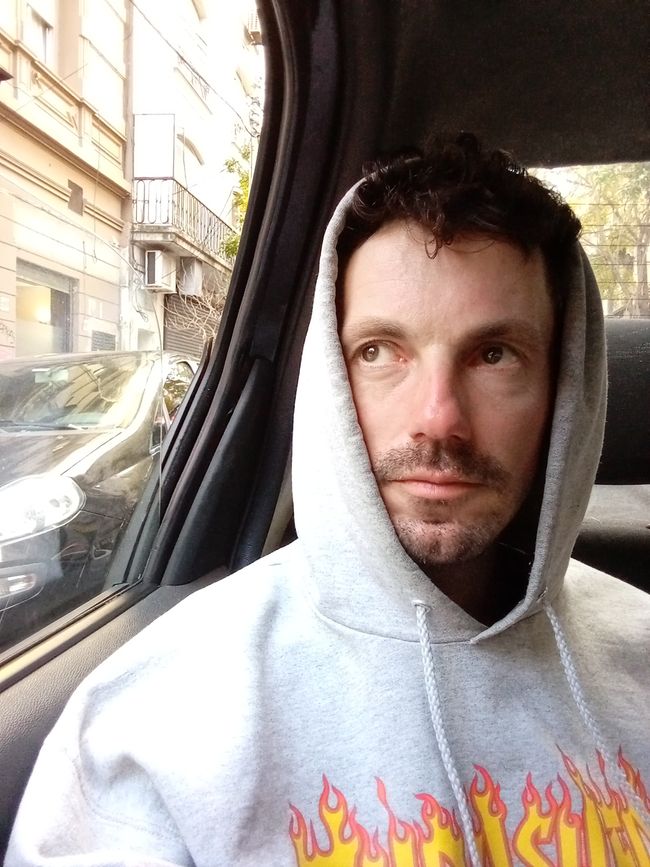
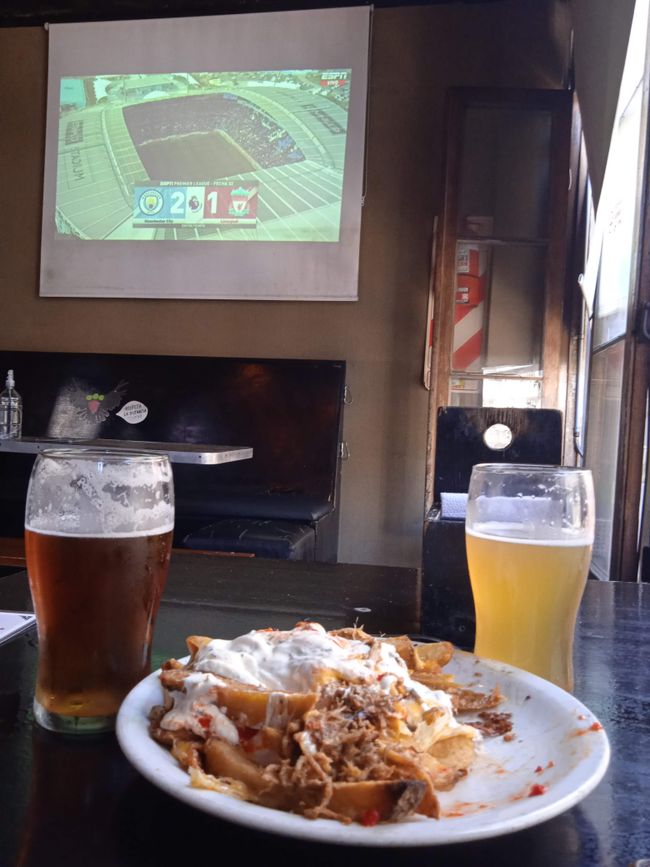
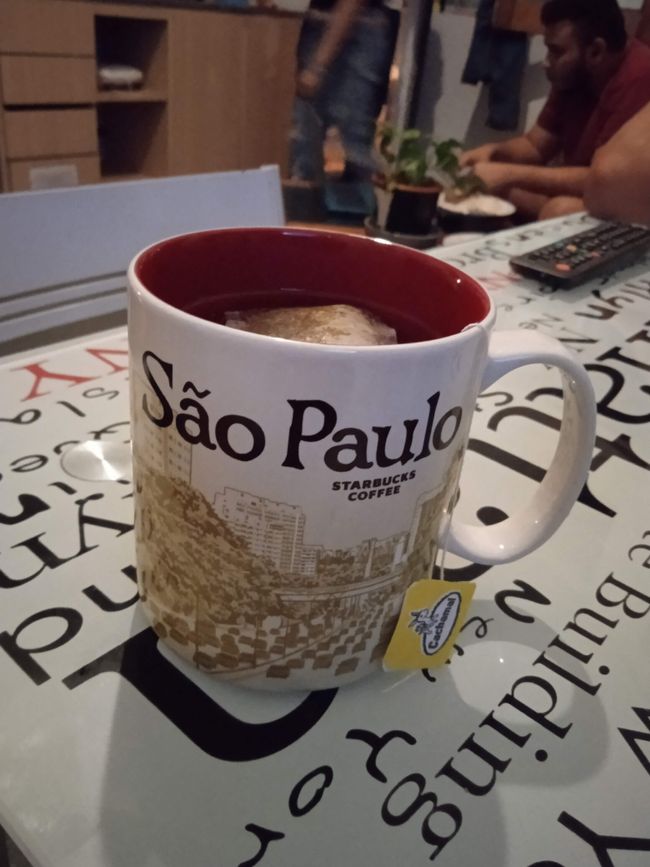
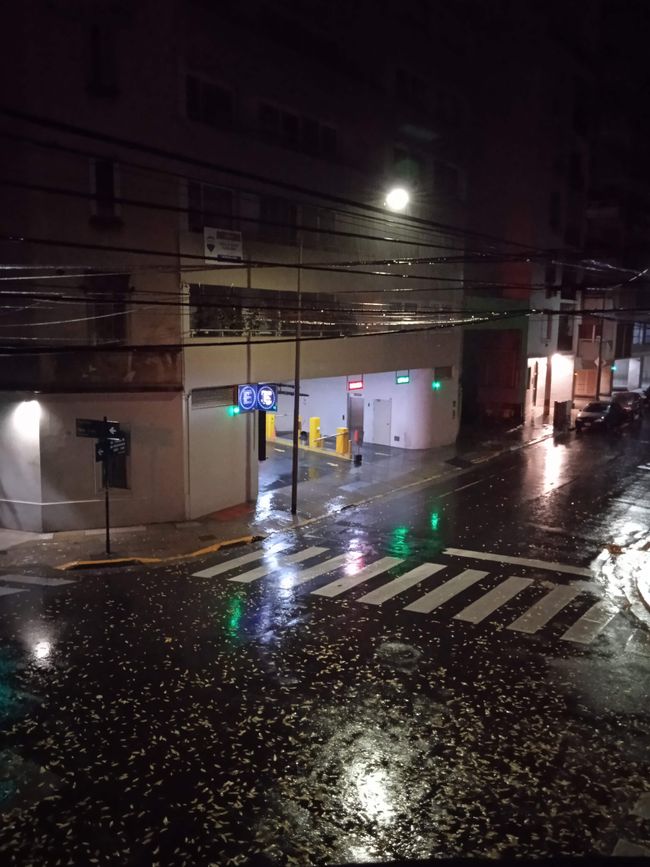
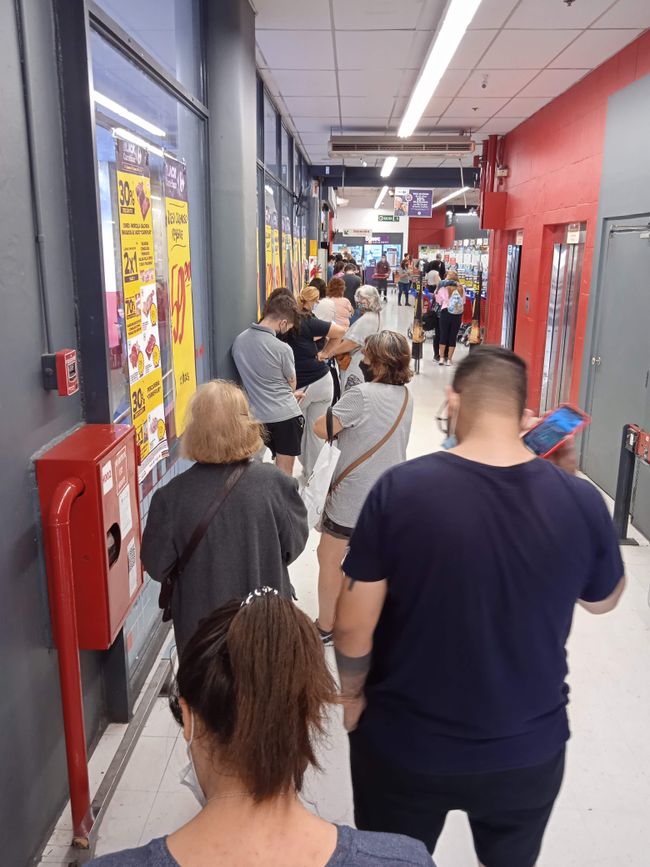
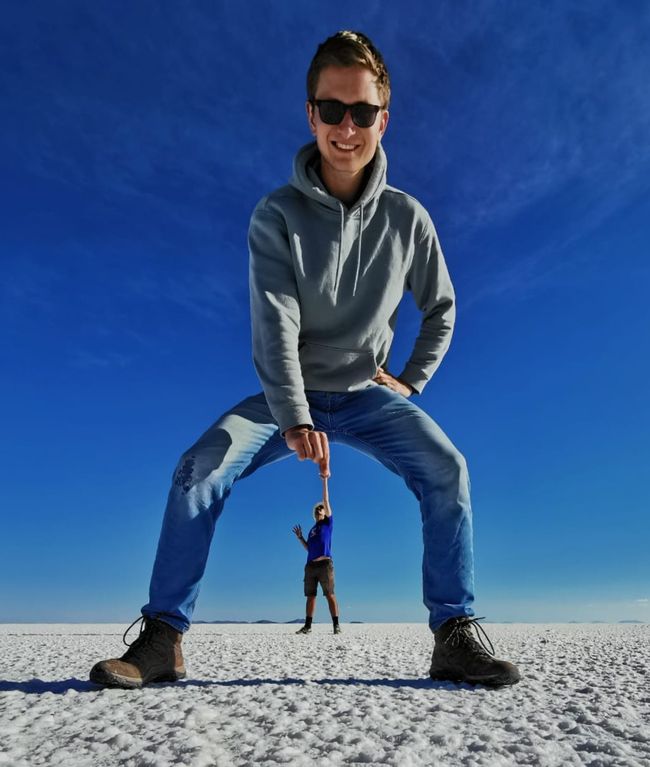
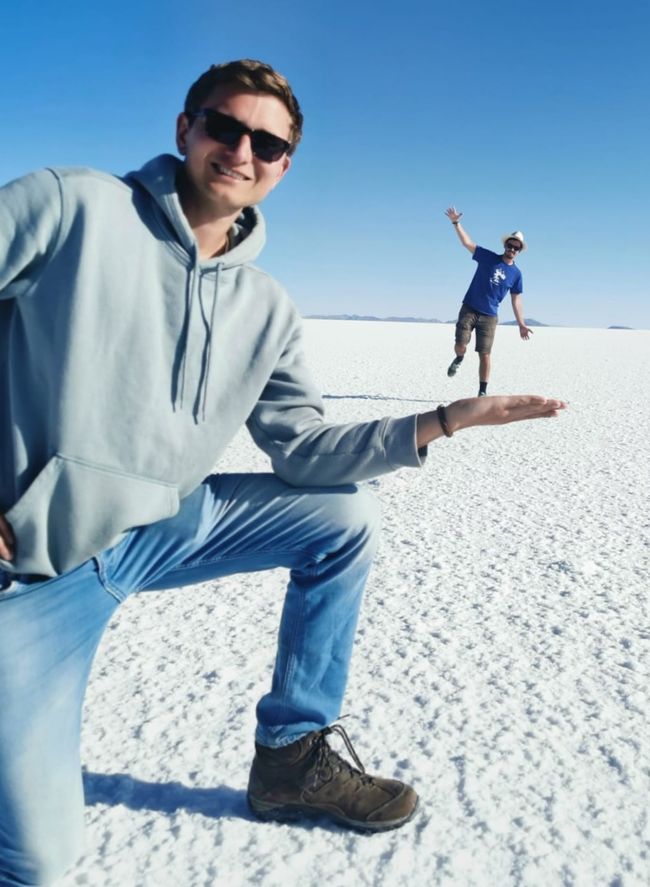
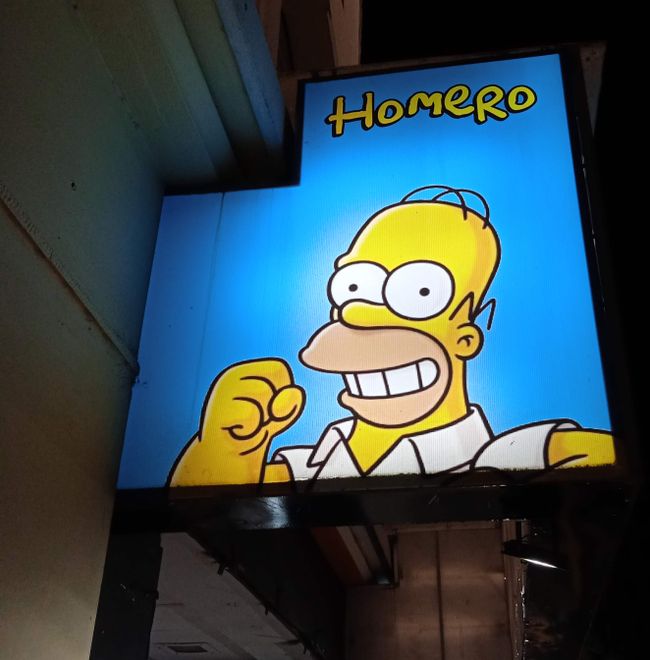
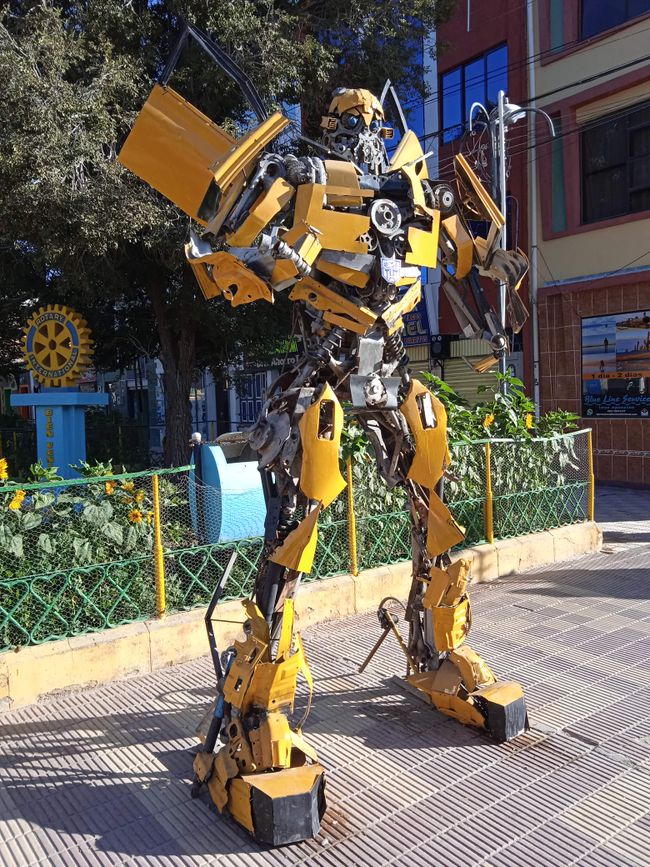
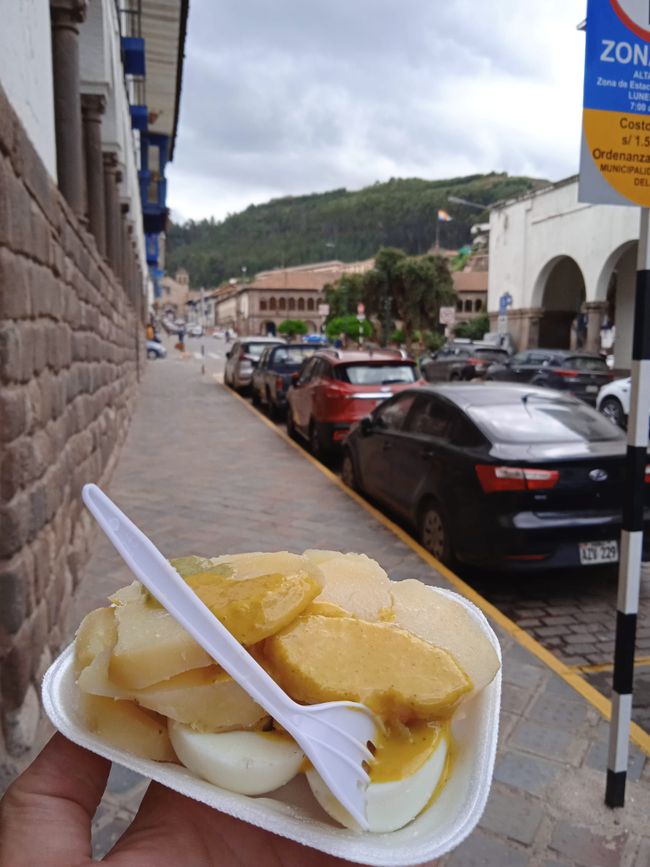
Претплатете се на билтенот
The way of traveling I used to make my way through Latin America sometimes resembled a simulation game. There were different daily tasks that I had to face, starting with the search for a morning coffee. I also had to figure out the public transportation, mobile data usage, and evening activities in each country. Even though there were similarities in structures and I developed strategies, including overcoming the language barrier, different countries presented different challenges.
The Argentinian version of my 'Travel Games' was characterized by the circumstances of the peso crisis. Money withdrawal and currency exchange had been relatively straightforward before. But in Argentina, it changed. It started with ATMs only dispensing 8,000 or 9,000 pesos and charging up to over 1,000 pesos in fees. With an approximate exchange rate of 1 to 120, that meant an 8 euro fee for 70 euros in cash. I was confused. Hadn't other travelers told me about the favorable prices due to the Argentine economic crisis? I didn't experience that, and my expenses were significantly higher than in my previous host countries.
The resolution came during the evening beer round in the hostel. My roommates were amazed and asked me if I didn't have access to 'blue chip' money. Similar to the black market, the term 'blue dollar' referred to privately and semi-legally exchanged money at a much better rate than the government-set official exchange rate.
The reason behind this was the high inflation, which tempted Argentinians to prefer stable dollars over uncertain pesos. As a result, the government limited the trade with US dollars to $200 per month, which led to the emergence of an informal currency market for real dollars.
Tourists with access to foreign accounts benefited from this currency policy situation. All it took was registering with a major money transfer service that offered its own exchange rates independent of the government. I transferred a certain amount to myself in Argentina and could 'withdraw' it in a Buenos Aires branch by presenting my passport, assuming I was willing to wait in line for an hour.
The real (informal) exchange rate was 1:200 instead of the official rate of 1:125. Suddenly, my budget for Argentina nearly doubled. I almost forgot about the exorbitant expenses I paid for a club visit during the weekend. When I changed hostels on Sunday, I was particularly grateful that they allowed me to delay the payment for my accommodations until Monday, now that I had access to cheap blue market money.
So, I moved on without worries, knowing that I could only partially grasp the whole situation... And also aware that my contribution would hardly solve Argentina's problems in any way.
...
This service post was brought to you by a major international money transfer office.
Претплатете се на билтенот
Одговори
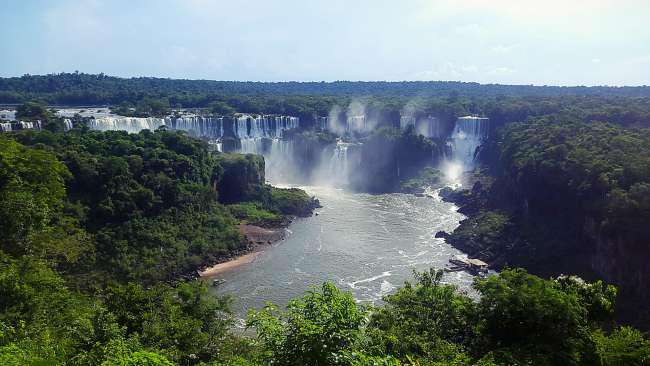
Извештаи за патување Аргентина
